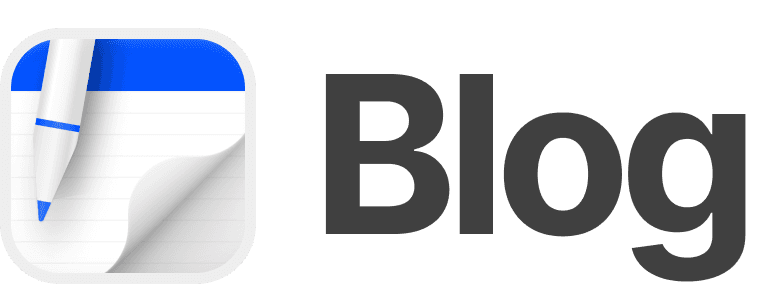Written by
Timon Harz
The Importance of Note-Taking in Reading: Tips for Effective Understanding
In today's fast-paced world, where information is readily available at our fingertips, it's easy to get caught up in the idea that we can absorb everything we need to know without putting in any extra effort. However, when it comes to reading, this approach can lead to missed opportunities for deeper understanding and retention. Note-taking is a crucial tool that can enhance our comprehension and engagement with the material, and in this blog post, we'll explore the importance of note-taking in reading and provide tips for effective note-taking.
Why Note-Taking Matters
Note-taking is not just about jotting down random thoughts or quotes from a text. It's a deliberate process that helps us process and organize information, identify key concepts, and retain knowledge. When we take notes, we're actively engaging with the material, making connections between ideas, and creating a personalized summary of the text. This process can have a significant impact on our understanding and recall of the material.
Benefits of Note-Taking in Reading
- Improved comprehension: Note-taking helps us to clarify our understanding of complex ideas and concepts, identifying key themes and relationships between them.
- Increased retention: By actively engaging with the material, we're more likely to remember key details and concepts, even after a significant period of time has passed.
- Enhanced critical thinking: Note-taking encourages us to think critically about the material, evaluating the author's arguments, and making connections to our own experiences and knowledge.
- Better organization: Note-taking helps us to organize our thoughts and ideas, creating a framework for understanding and recalling the material.
Tips for Effective Note-Taking
- Develop a consistent system: Choose a note-taking method that works for you, such as bullet points, mind maps, or a hybrid approach, and stick to it.
- Focus on key concepts: Identify the main ideas and supporting details in the text, and prioritize these in your notes.
- Use your own words: Avoid copying and pasting from the text, and instead, paraphrase key concepts in your own words.
- Use visual aids: Incorporate diagrams, flowcharts, and other visual elements to help illustrate complex concepts and relationships.
- Review and refine: Regularly review your notes, refining them as needed, and filling in any gaps in your understanding.
- Practice active reading: Engage with the material by asking questions, making connections to your own experiences, and evaluating the author's arguments.
- Use different colors and symbols: Use different colors and symbols to highlight key concepts, indicate relationships, and draw attention to important details.
- Take notes during reading: Take notes as you read, rather than waiting until the end of the text, to stay engaged and focused.
Best Note-Taking Tools and Apps
- Evernote: A popular note-taking app that allows you to organize and tag your notes, as well as sync across multiple devices.
- OneNote: A digital note-taking app that integrates with Microsoft Office, allowing you to organize and collaborate with others.
- Simplenote: A minimalistic note-taking app that allows you to focus on the content, rather than the format.
- Highlighter: A digital highlighter app that allows you to highlight and annotate digital texts.
- Paper notebooks: A classic option, paper notebooks offer a tactile experience, allowing you to write, draw, and organize your notes in a flexible and creative way.
Conclusion
Note-taking is a powerful tool that can enhance our comprehension, retention, and engagement with reading material. By developing a consistent note-taking system, focusing on key concepts, using visual aids, and practicing active reading, we can unlock the full potential of note-taking and improve our overall understanding of the material. Whether you prefer digital or analog tools, the most important thing is to find a method that works for you and to make note-taking a regular part of your reading routine.If you're looking for a powerful, student-friendly note-taking app, look no further than Oneboard. Designed to enhance your learning experience, Oneboard offers seamless handwriting and typing capabilities, intuitive organization features, and advanced tools to boost productivity. Whether you're annotating PDFs, organizing class notes, or brainstorming ideas, Oneboard simplifies it all with its user-focused design. Experience the best of digital note-taking and make your study sessions more effective with Oneboard. Download Oneboard on the App Store.
Other posts
The Benefits of Mindful Note-taking for Students
Discover the transformative benefits of mindful note-taking for students in our latest blog post. Learn how this effective technique enhances focus, retention, and understanding, leading to improved academic performance. Explore practical tips and strategies to incorporate mindfulness into your note-taking routine, making studying more engaging and productive. Perfect for students seeking to elevate their learning experience!
How to Use AI to Automate Your Note-taking Tasks
Discover how to streamline your note-taking process with AI! In this blog post, we explore innovative tools and techniques to automate your note-taking tasks, enhance productivity, and improve organization. Learn practical tips on integrating AI into your workflow, making your note-taking smarter and more efficient. Perfect for students, professionals, and anyone looking to save time and boost their efficiency!
The Importance of Reflection in Student Learning: How to Reflect Effectively
Discover the critical role of reflection in student learning and explore effective strategies for implementing reflective practices. This blog post delves into the benefits of reflection, offers practical tips for students, and highlights techniques to enhance learning outcomes. Unlock the potential of reflective thinking to boost academic success and personal growth!
Company
About
Blog
Careers
Press
Legal
Privacy
Terms
Security

